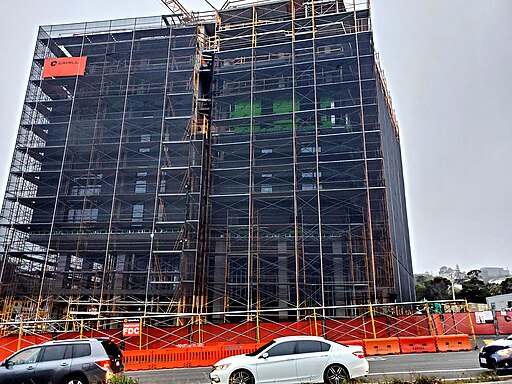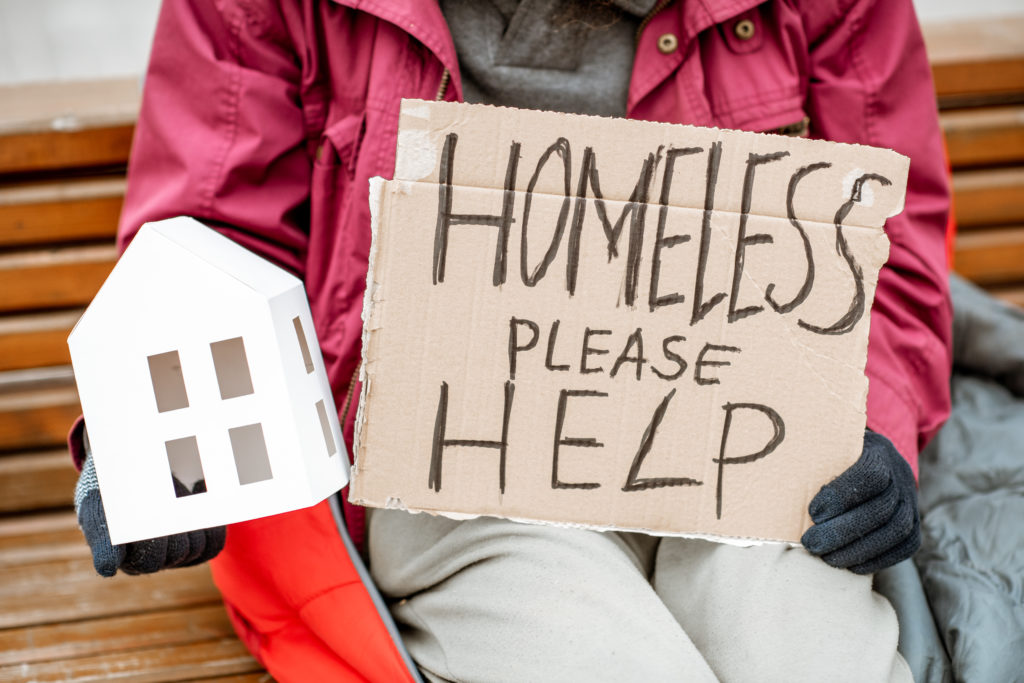No, the average Californian doesn’t place an overly inflated importance on their backyard. But if you’ve heard terms like NIMBY or YIMBY, you’d be forgiven for having that impression. These words are simple enough acronyms. NIMBY, the original, stands for “Not In My BackYard.” Therefore, YIMBY, the NIMBY’s arch nemesis, obviously stands for “Yes In My BackYard.” But no one’s literally talking about their backyards. Not in most cases anyway. Rather, these terms have sprung from a conflict of territorialism to an almost tribal level. Historically, pretty much every factor has favored the NIMBY. But some are beginning to see that, in the Golden State, the age of YIMBYism may be upon us.
What is a YIMBY?

The clash of the NIMBYs versus the YIMBYs isn’t exactly a fresh story. Rather, the two philosophies have been warring for some time with laws and our very social structure often supporting NIMBY ideals. Perhaps the very first sign that the winds were changing was the sudden popularity of the term NIMBY. Heralding from the same socially-charged lexicon as Karens and Boomers, it’s a label that’s difficult to proudly claim. When someone dubs you a NIMBY, it’s usually not meant as flattery.
By comparison, YIMBY is either a simple identifier or even, in some cases, a point of pride. Yet, both NIMBYS and YIMBYs can agree on at least one ideal: they’re ready to passionately battle for the cities, neighborhoods, and streets they love. And, yes, the backyards too. The problem is they have completely opposing views on how to honor these places.
What Do YIMBYs Want?
To understand the plight of the NIMBY vs YIMBY war, it’s easiest to first understand what the average YIMBY wants. Long answer, short: more housing inventory. The YIMBY sees a housing shortage as the beginning of a greater problem with a very clear solution. We need to build more homes.

Meanwhile, the NIMBY often views abundant, affordable housing as the gateway to further gentrification. Or, on a more personal level, a threat to their home value. It sets the stakes high with both sides fully believing that the other side’s victory spells a fundamental undermining of their potential lifestyle. And maybe they’re right.
The California Sun Begins to Shine on YIMBYism
It’s only recently that the persistence of the YIMBY movement has shown signs of paying off. Perhaps that turning tide is most evident in a series of California state laws intended to help the state produce more housing units. Senate Bill 9 marked the first dramatic loss for the NIMBYs. This law effectively banned California’s notorious single family home zoning. Until the bill passed in 2021, approximately two-thirds of California land was zoned for single family homes only. Under Senate Bill 9, homeowners could now build up to four housing units on a plot previously reserved for a single home.
This win was quickly followed by the passing of Senate Bill 35 which paved the way for easier approval of accessory dwelling units (ADUs). Suddenly, homeowners were allowed to convert garages and spare rooms into new housing units. The state approved a staggering 23,000 ADUs in 2022; 2,005 of them in Los Angeles County. To get an idea of just how monumental a win this was for the YIMBY movement, California approved less than 5,000 ADUS in 2017. Yet, ADUs constituted a quarter of all new housing in the state, highlighting just how difficult new construction has been in California.
Fertile Conditions for the YIMBY Movement

It’s no coincidence that YIMBYism is starting to catch on with people on both sides of the political aisle. Conditions in California, and the country as a whole, are pretty much demanding it. Anyone who’s been paying attention knows that the state is struggling to boost housing inventory to the tune of about 3.5 million housing units. Yeah, suddenly those 23,000 ADUs don’t even seem like a dent in the issue.
With homelessness on the rise, one need only look to our northern neighbors, San Francisco, where rents have ballooned so far out of proportion that the U.N. is calling it a violation of human rights. Suddenly, a homeowner giving up their hillside view doesn’t seem like a monumental tragedy. YIMBYism attracts progressive voters with hopes of affordable rent or even the opportunity to purchase a home. Likewise, it attracts conservative voters who want less government oversight for those who own property.
The NIMBY Movement Still Has Power
But the NIMBYs haven’t rolled over. Far from it. If anything, the lost ground to the YIMBY movement is only inspiring them to dig their heels deeper into the ground. In California, restrictions on new construction continue to slow YIMBY efforts. And the NIMBY movement still has plenty of power in local government, allowing them to diminish or even outright block housing production.
At this point, YIMBY forces are concentrating their efforts on
swaying local, state, and federal lawmakers to their cause. But as the
housing inventory continues to fall short of state goals, their argument
only grows more convincing. There are still several challenges for the
YIMBYs to surmount, mostly having to do with restrictions on new
construction. But neither side of this war are giving up anytime soon.

Comments
Post a Comment